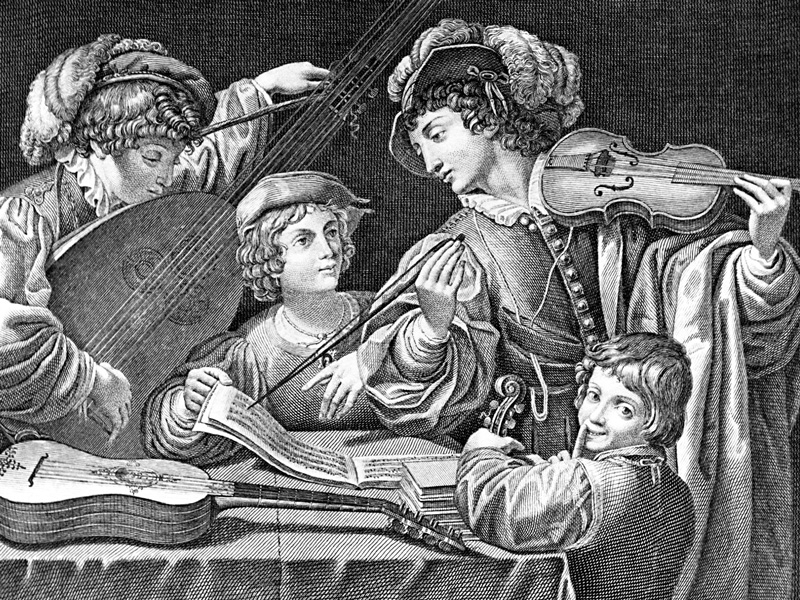In the Music Museum – by Professor Robert Adelson
posted on 13/06/2024
Robert Adelson describes how this unique tour focused on historical museums and private collections in northern Italy inspired him to write a book on the subject.
When I first led the Historic Musical Instruments tour back in 2018, some of the participants asked me to recommend a book to help them better understand the subject. To my surprise and disappointment, I could not think of a single text that could provide a clear explanation of why music-loving non specialists should take an interest in instruments of the past. It was then that I decided to write such a book myself, in large part based on the stimulating experiences I had with the tour participants. Six years later, I am happy to report that my book In the Music Museum: Seeing, Hearing and Understanding Historical Instruments will be published in 2025 by Oxford University Press.
This tour, like my book, presents an alternative view of music history, as seen through surviving instruments as opposed to musical works. Instruments are arguably the most valuable traces that remain of music played in the past. Music is by its very nature ephemeral; as soon as one ceases to blow into an flute, or bow a violin, the music disappears. If one takes an interest in music of the past, one therefore needs to search for the residue of past music making, and while scores were not always essential to making music, some kind of instrument was.
For example, if one were to study the history of the harp from a traditionally score-based perspective, one might begin with the rare works that call for the instrument in the Renaissance and Baroque periods, before concentrating on the repertoire from the 18th century on, when the vast majority of works for the harp were published. An instrument-based approach, however, would start 4,000 years earlier, looking at the instruments that remain from antiquity and the Middle Ages, when the harp was arguably even more important than it would become in modern times.

String instruments on display in Bologna, © Museo della Musica.
Sadly, the vast majority of instruments from the past have been lost forever. In 16th-century Spain at least a quarter of a million vihuelas (an ancestor of the guitar) were made, but only three remain today. The Historic Musical Instruments tour takes place in northern Italy, one of the areas of Europe with the highest concentration of surviving musical instruments, many of which are in a playable state. On each day of the tour will have the rare pleasure of hearing them up close, as they were meant to be enjoyed.
Most old instruments can no longer be played for conservation reasons and are therefore primarily preserved for research. But one can still learn a great deal by looking at them – noticing the number and placement of keys on a clarinet, the manuals on a harpsichord or the material used to make a flute – and by relating what one sees to the instrument’s sound and musical potential. With enough experience, it almost becomes possible to hear these instruments merely by looking at them.
The numerous instruments that we will see and hear in Milan, Cremona and Bologna have been chosen to illustrate the kinds of information that can be gleaned from them: some are the earliest examples of specific models, while others shed light on the priorities of past musicians or the practices of past listeners. Some instruments tell a particular story due to their connection with individual musicians. And still others have been chosen because they are in some way controversial or difficult to interpret.
I hope that you will join us when we return to northern Italy in September to look at, listen to, and think about historical instruments, and to explore how these experiences can in turn help us to better appreciate music.
Robert Adelson
Nice, France
Historic Musical Instruments departs 17–20 September 2024.
